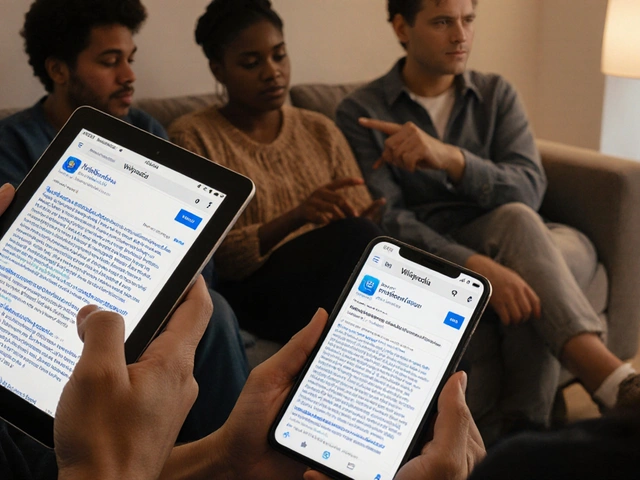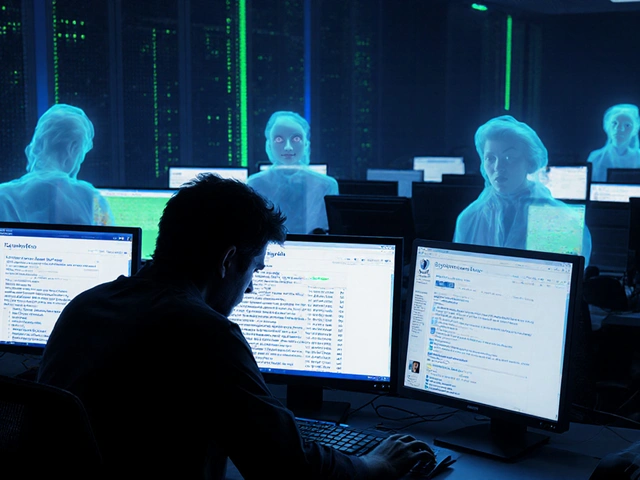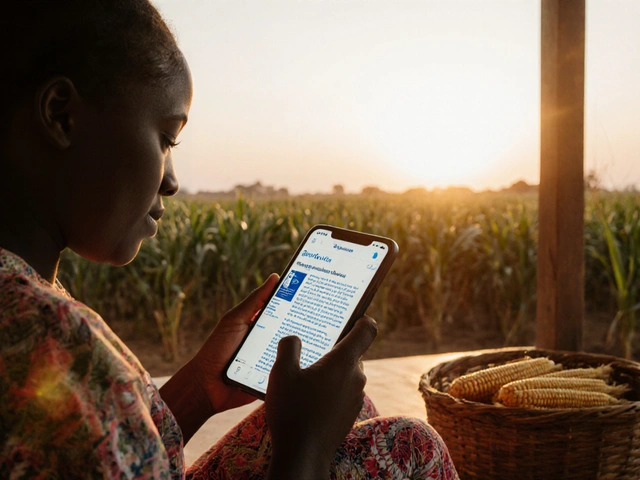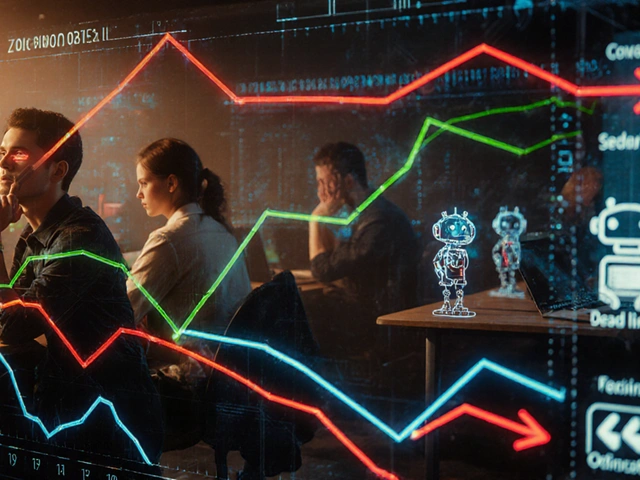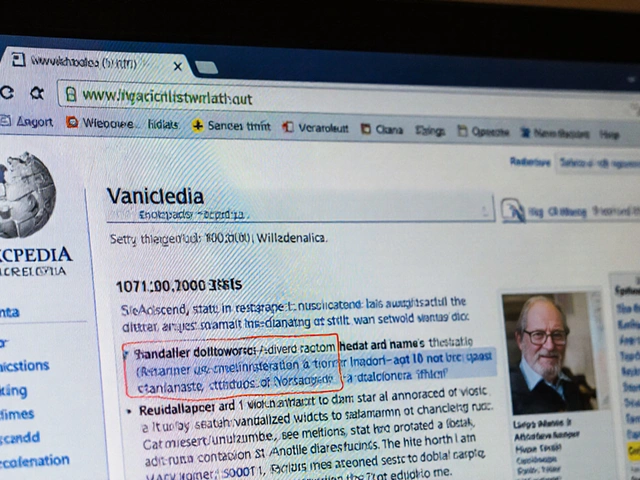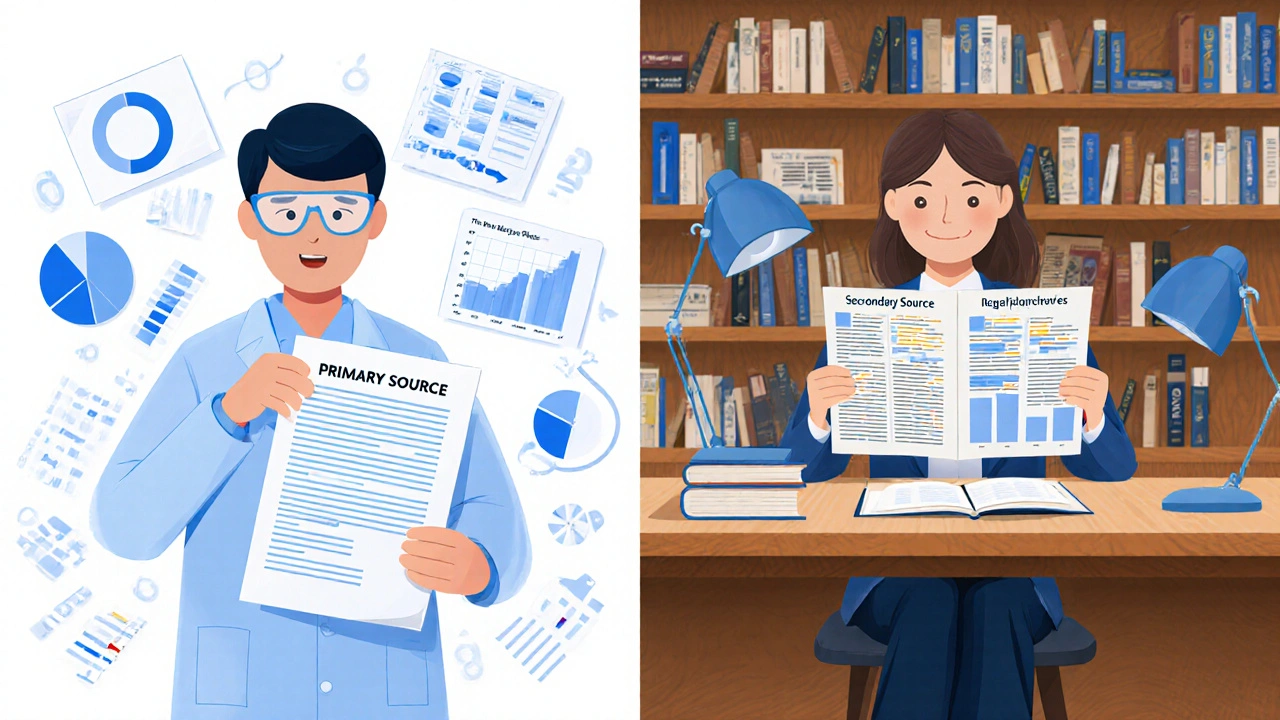
Wikipedia isn’t a place to publish raw data, personal opinions, or unpublished findings. It’s built on what others have already verified and written about. That’s why knowing the difference between primary sources and secondary sources isn’t just helpful-it’s essential if you want your edits to stick.
What Counts as a Primary Source on Wikipedia?
A primary source is the original material created at the time of an event or by the person directly involved. Think of it as the first-hand record. For Wikipedia, that means things like:
- Interview transcripts with a scientist about their own research
- Original research papers published in academic journals
- Official government documents, like census reports or court rulings
- Diaries, letters, or photographs from historical figures
- Press releases from companies or organizations
These are real, tangible records. But here’s the catch: Wikipedia doesn’t let you use them to make claims unless they’re already covered by reliable secondary sources. Why? Because primary sources need interpretation. A research paper might say a drug reduces symptoms by 12%. But without a review article or news report explaining what that means in context, you’re asking readers to do the work themselves-and that’s not what Wikipedia is for.
What Counts as a Secondary Source?
Secondary sources analyze, summarize, or interpret primary material. They’re the filters that turn raw data into understandable knowledge. On Wikipedia, these include:
- Peer-reviewed journal articles that review multiple studies
- Books written by historians or experts analyzing events
- Reports from reputable news outlets like The New York Times, BBC, or Reuters
- Academic textbooks
- Government or NGO reports that synthesize data from multiple studies
These are the backbone of Wikipedia. They’ve already been vetted-either by peer review, editorial oversight, or fact-checking. When you cite a secondary source, you’re saying: Here’s what trusted experts have already concluded. That’s what makes Wikipedia credible.
Why Wikipedia Favors Secondary Sources
Wikipedia’s editorial policy, especially WP:RS, is built on one principle: avoid original research. That means you can’t take a raw dataset and draw your own conclusions. You can’t say, "I read this clinical trial and think it proves X." You have to point to someone else who already said X, and who has the credibility to back it up.
Imagine you’re writing about climate change. You find a 2023 study showing Arctic ice melt accelerated by 30% since 2015. That’s a primary source. But if you cite a Science magazine article that reviewed 12 such studies and concluded the trend is "unprecedented in the last 1,000 years," that’s a secondary source-and that’s what Wikipedia wants.
Secondary sources also help avoid bias. A company’s press release might claim its product is "the safest on the market." But a report from Consumer Reports, comparing safety data across ten brands, gives you context. Wikipedia needs that context.
When Can You Use Primary Sources?
You can use primary sources-but only in very specific cases:
- Describing the content of the source itself: "In his 1969 memoir, John Smith wrote, 'I never intended to run for office.'" That’s fine. You’re not claiming it’s true-you’re reporting what the source says.
- When no secondary source exists: For obscure historical events or niche topics, primary sources might be the only option. But even then, you must be careful not to interpret them. Stick to facts stated directly.
- For direct quotes: If you’re quoting a speech, poem, or legal document, the primary source is the only valid reference.
Here’s a real example: If you’re writing about the 1963 March on Washington, you can quote Martin Luther King Jr.’s "I Have a Dream" speech (primary). But if you want to say the march "was the largest civil rights demonstration in U.S. history," you need a secondary source-like a historian’s book or a New York Times article-that confirms that claim.
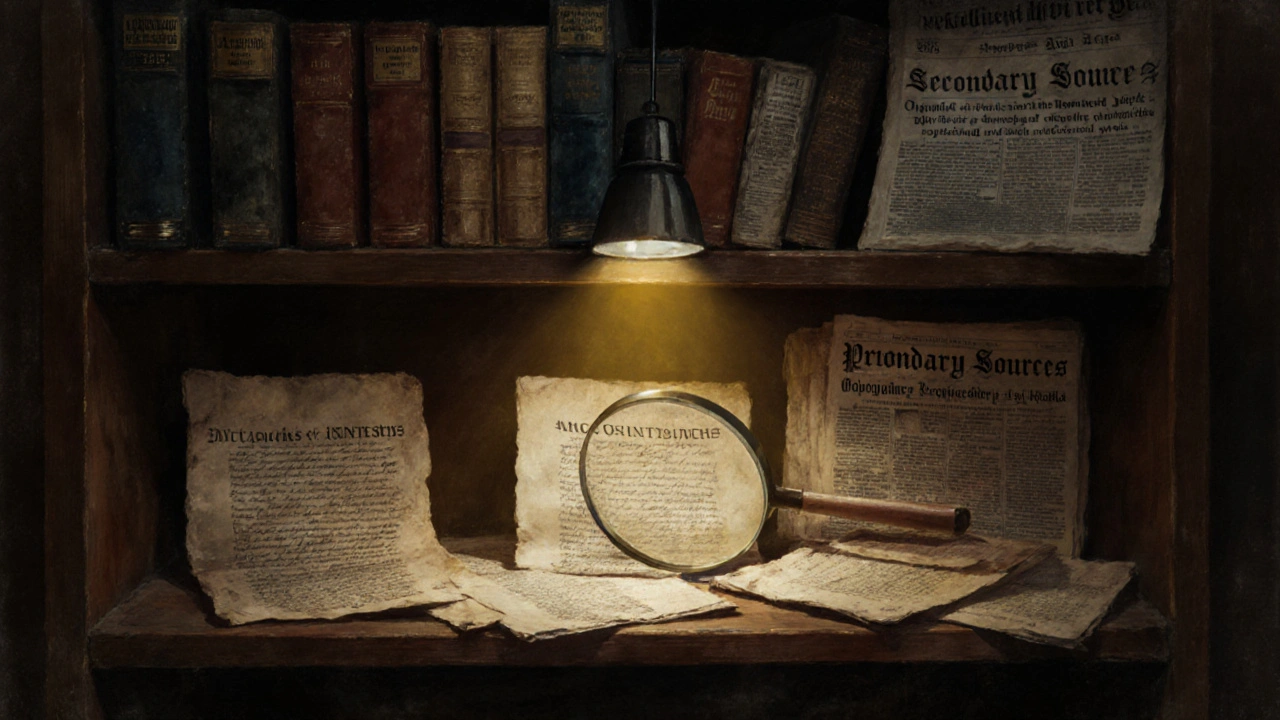
Common Mistakes Editors Make
Even experienced editors slip up. Here are the top three errors:
- Citing a research paper as proof of a real-world claim. A study might show a correlation between sugar and ADHD-but unless a review article or news report says it’s "a significant factor," you can’t say that on Wikipedia.
- Using a company’s website as a source. Apple’s product page isn’t a reliable source for whether the iPhone 15 is "the best smartphone." That’s promotional. You need a review from The Verge or CNET.
- Assuming Wikipedia is a research tool. If you’re reading a Wikipedia article and want to dig deeper, go to its references. Don’t treat the article itself as the original source.
These mistakes get reverted. Fast. Editors on Wikipedia are trained to spot them. They use tools like RefToolbar and Checklinks to verify sources. If your edit gets flagged, it’s almost always because you used a primary source to make a claim that needs interpretation.
How to Find Good Secondary Sources
Not every website is equal. Here’s how to tell if a source is trustworthy:
- Peer-reviewed journals: Look for publications like The Lancet, Nature, or Journal of the American Medical Association. These go through rigorous review.
- Major news outlets: The Washington Post, Associated Press, NPR, and Le Monde have editorial standards. Local newspapers count too-if they’re well-established.
- Books from academic presses: Oxford University Press, Harvard University Press, or MIT Press are reliable. Avoid self-published books or Amazon Kindle Direct titles.
- Government and educational sites: .gov, .edu, and .org domains from recognized institutions (like CDC, WHO, or Stanford) are usually safe.
Avoid blogs, personal websites, YouTube videos, and social media posts-even if they link to a study. They’re not vetted. And don’t trust Wikipedia itself as a source. It’s a summary, not the origin.
Real-World Example: The 2020 U.S. Election
Let’s say you want to write about voter fraud claims after the 2020 election. You find a tweet from a political figure saying "thousands of ballots were forged." That’s a primary source-a claim made by someone involved.
Now, you find a report from the Department of Justice stating that no evidence of widespread fraud was found. That’s a secondary source: an official body analyzing data from multiple states.
Wikipedia will only accept the DOJ report. The tweet? It might appear in a section titled "Controversies and claims," but only if it’s cited alongside authoritative refutations. Without context, it’s misleading.
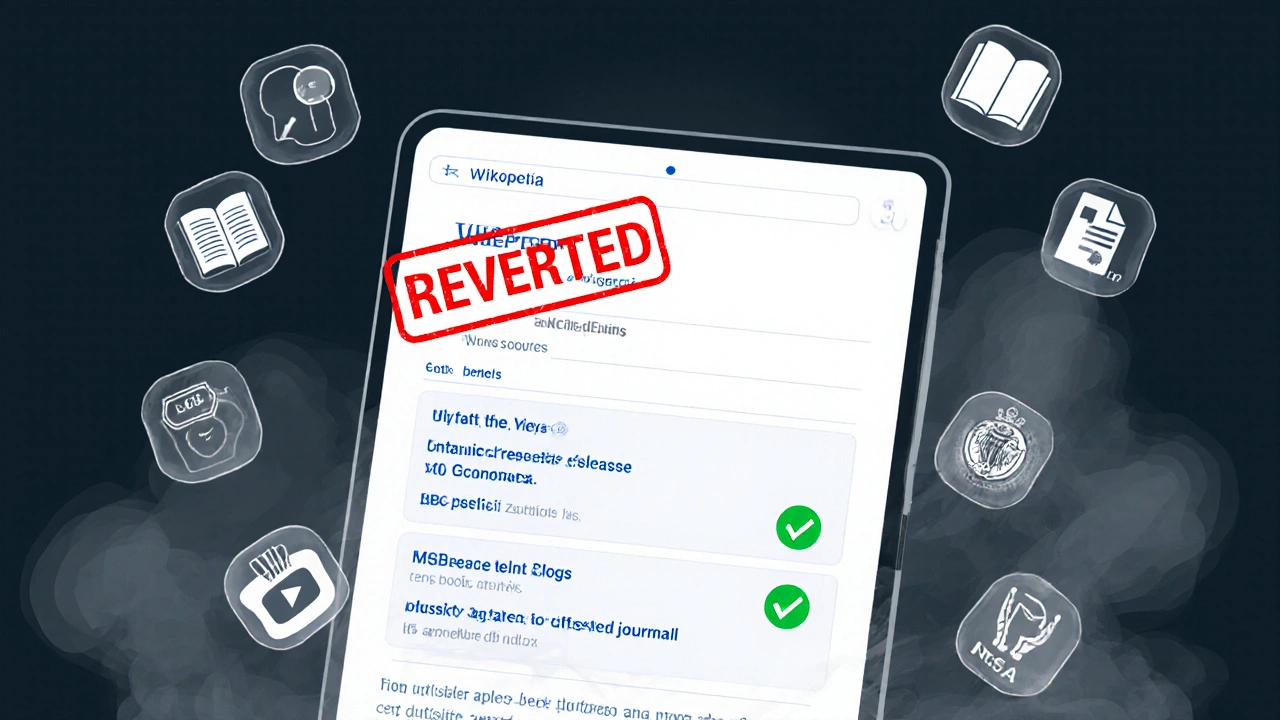
Best Practices for Editing Wikipedia
If you’re adding or editing content, follow this simple checklist:
- Ask: Am I stating a fact, or interpreting data? If it’s interpretation, you need a secondary source.
- Search Google Scholar or your library for review articles or meta-analyses before citing original studies.
- When in doubt, ask on the article’s talk page. Other editors will help you find the right source.
- Always link to the actual source, not just a website homepage.
- Don’t cite sources you haven’t read. If you can’t access the full text, find another.
Wikipedia’s strength isn’t in having the most sources-it’s in having the most reliable ones. The system works because editors prioritize quality over quantity.
What Happens When You Use the Wrong Source?
Bad sourcing leads to three outcomes:
- Your edit gets reverted within hours.
- You get a warning on your talk page.
- Repeated offenses can lead to editing restrictions.
It’s not punishment-it’s protection. Wikipedia’s reputation depends on accuracy. One false claim, backed by a shaky source, can spread quickly. That’s why editors are strict.
Think of Wikipedia as a library. Primary sources are the original manuscripts in the archive. Secondary sources are the curated exhibits, the guidebooks, the expert commentary. You need both-but only the exhibits go on display for the public.
Can I use a Wikipedia article as a primary or secondary source?
No. Wikipedia is a tertiary source-it summarizes information from primary and secondary sources. You should never cite Wikipedia as a source for claims in another article. Always go back to the original references listed at the bottom of the page.
Are all academic papers reliable secondary sources?
No. Only peer-reviewed papers from reputable journals qualify. Papers from predatory journals, conference proceedings without review, or self-published research don’t count. Check the journal’s reputation using Beall’s List or the Directory of Open Access Journals (DOAJ).
Can I use a Wikipedia article’s references to find good sources?
Yes. The references at the bottom of a Wikipedia article are often the best starting point. They’ve already been vetted by other editors. Look for sources that are peer-reviewed, from major publishers, or published by reputable news organizations.
What if I can’t find a secondary source for a topic?
If no reliable secondary source exists, Wikipedia may not be the right place to write about it. The topic might be too obscure, too new, or too controversial. In rare cases, you can use a primary source to describe its content-but never to draw conclusions. Consider waiting until more coverage appears.
Is a news article always a secondary source?
Usually, yes. But if a news article reports directly from an interview or document without analysis-like quoting a press release word-for-word-it’s acting as a primary source. For Wikipedia, you still need a secondary source to interpret or contextualize that quote.
Next Steps for New Editors
If you’re new to editing Wikipedia, start small. Pick an article you know well-like your local park, a book you read, or a band you like. Find two reliable secondary sources about it. Then try adding one sentence with a citation. See if it stays.
Most edits get accepted if they’re backed by good sources. The community rewards patience, accuracy, and respect for the rules. You don’t need to be an expert. You just need to know where to look.
